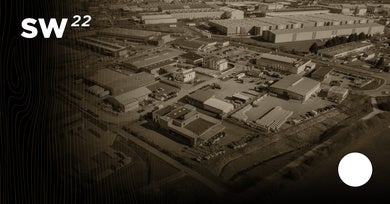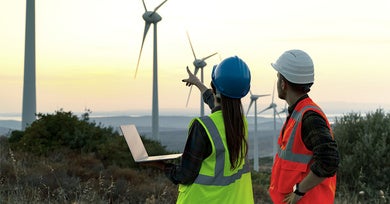
Boosting Exports While Reducing Carbon Emissions
In addition to offering various tax, customs, regulatory and other incentives for investors, free zones and industrial parks in Latin America and the Caribbean are increasingly adding another benefit to the mix: a reduced carbon footprint through self-supplied renewable energy for production.

Fighting Climate Change, One Project at a Time
With greater access to much-needed global capital, Latin America and the Caribbean can become the world’s leading renewable energy hub, taking advantage of ample sunlight and available land.

The Sugarcane Industry Sets a World-Class Example in Sustainability
Sugar cane cultivation in Brazil has existed since colonial times and was associated for many years with degrading working conditions, low productivity and high pollution, but it's now one of the best examples of sustainable development in the region.

How to Promote Energy Efficiency in the Private Sector
Energy efficiency is critical for Latin America and the Caribbean, historically characterized by high energy consumption and low productivity. Lessons learned from promoting energy efficiency practices among firms can help guide strategies moving forward.

Using Climate Finance to Close Gender Gaps in Renewable Energy
Women face hurdles to access jobs in the high-growing renewable energy industry. More than 80% new jobs created by the decarbonization agenda will be in male-dominated sectors. Blended finance solutions are an important tool to incentivize sponsors to take proactive steps to dismantle these barriers to gender equality.

Women, Drivers of the Energy Transition
There is a significant call for more female representation at the top levels of energy companies. But it's not just a matter of adding to equalize shares. It's about ensuring that the female perspective is present throughout the energy sector's value chain.